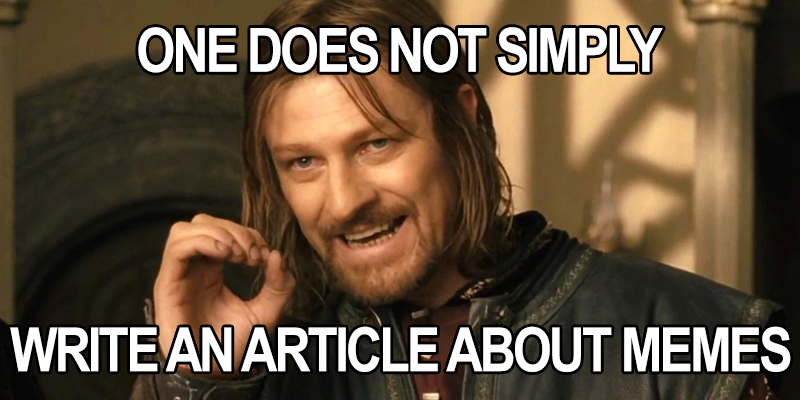Over the past decade, a plethora of digital platforms have materialised and quickly soared to success. There’s no denying that print media advertising aficionados have subsequently striven to cling onto their art form to a degree – particularly in the realm of advertising. Web marketing has largely become the norm nowadays, overshadowing many traditional methods as the world continues to nudge its way towards those shimmering digital pillars. Social media advertising is one such pillar that has garnered a significant outreach, managing to seduce billions of people across the globe. Facebook, Instagram, Twitter, YouTube and LinkedIn remain among some of the most popular online channels right now, hosting millions of users each day. For businesses, these channels can be a hotspot for attracting the attention of consumers and reaping in hordes of new traffic.  Indeed, the birth of social media has brought with it plenty of shiny new advantages to businesses in terms of their marketing strategies. Let’s take a quick squiz:
Indeed, the birth of social media has brought with it plenty of shiny new advantages to businesses in terms of their marketing strategies. Let’s take a quick squiz:
- Cost-effectiveness. Reports have shown that on average, a newspaper advertisement will cost $32.00 to reach 1,000 people, while a magazine advertisement will cost $20.00. In comparison, Facebook ads cost around just 25 cents to reach the same number of people. I’m no mathematician, but that’s a pretty significant difference.
- Customisation. Social media advertising allows you to set your preferred budget, decide the length of your campaign and laser-target specific markets. This last point is considerably significant; where print audiences can greatly range across demographics, digital marketing strategies such as Facebook ads enable you to tailor your ad for your specific audience based on their age, gender, location, interests, and even pages they’ve liked.
- Performance trackability. Say you fork out $2,000 on a print advertisement. There’s no tangible way for you to measure how it performs and whether you are gaining a juicy return on investment. Social media marketing combats this sense of ambiguity by offering plenty of tools to track your campaign. You can assess how many impressions, clicks, actions and ‘likes’ are generated by each of your ads, thereby allowing you to edit your current campaigns and construct new ones accordingly.
- Hashtags. Hashtags are a bit of a gem for businesses, allowing them to launch their marketing campaign into the spotlight. If employed in a smart and savvy way, hashtags can help your Instagram photo or latest tweet connect with thousands of people – all virtually free of charge.
Yes, the birth of the internet is wonderful, but can we really dismiss print media as completely obsolete?
In a nutshell, no. Print still holds a certain prestige: where virtually anyone can publish material online, newspapers and magazines require you to meet a certain standard to ‘make the cut’. Consider for a moment that blogs can potentially push out articles all day long; hard copy publications, on the other hand, are limited for space and will therefore only include those ‘top stories’.  Furthermore, the transient state of the digital world means your article or advertisement can appear in one spot, then be pushed further down the page or evaporate altogether to accommodate for the emergence of new materials. Conversely, once your brand is published in print, you know it’s there nesting in its little paper nook forever. In some instances, print well and truly trumps digital Take product catalogues, for example – hard copy catalogues are still more popular than digital versions, and therefore remain a core marketing strategy for plenty of Australian retailers. In fact, 58 per cent of Australians read catalogues as opposed to the 12 per cent who read online, while other stats indicate that 93 per cent of shoppers will venture to a store after paging through a catalogue. It seems that despite our screen-scrolling tendencies, society maintains a firm latch on the tactile experience of the print catalogue. Evidence such as this illustrates the need to take the nature of your business into account, and to consider who your target demographics are and where they’re lurking. Baby Boomers have proven to place more trust in print marketing materials such as specialty magazines or newspapers, which offer an uncluttered advertising experience they are typically more accustomed to. [caption id="attachment_6173" align="aligncenter" width="1024"]
Furthermore, the transient state of the digital world means your article or advertisement can appear in one spot, then be pushed further down the page or evaporate altogether to accommodate for the emergence of new materials. Conversely, once your brand is published in print, you know it’s there nesting in its little paper nook forever. In some instances, print well and truly trumps digital Take product catalogues, for example – hard copy catalogues are still more popular than digital versions, and therefore remain a core marketing strategy for plenty of Australian retailers. In fact, 58 per cent of Australians read catalogues as opposed to the 12 per cent who read online, while other stats indicate that 93 per cent of shoppers will venture to a store after paging through a catalogue. It seems that despite our screen-scrolling tendencies, society maintains a firm latch on the tactile experience of the print catalogue. Evidence such as this illustrates the need to take the nature of your business into account, and to consider who your target demographics are and where they’re lurking. Baby Boomers have proven to place more trust in print marketing materials such as specialty magazines or newspapers, which offer an uncluttered advertising experience they are typically more accustomed to. [caption id="attachment_6173" align="aligncenter" width="1024"] stunning lifestyle imagery for modern creatives...
stunning lifestyle imagery for modern creatives...
check out another scenery / perspective[/caption] Harmonising your social media and print media efforts can be the best way to catapult that ROI While I have delineated the social media sphere from the traditional print media, it can often be highly profitable to integrate the two. Here’s how: 1. Use print media to direct audiences to your online platforms. This is kind of a given, but it’s paramount that you take advantage of any print appearance you make to showcase your digital presence. List your social media URLs, hashtags for your customers to use, and either your website URL or a QR code that directs audiences to your website. This encourages consumers to learn more about your business via those handy digital devices they’ve become reliant on. 2. Use social media to promote your print successes. Every time you appear in print media, pimp it out on all your social channels. Not only does this provide a neat little ‘instant content’ package, press releases are also particularly powerful in adding a big dose of credibility to your business. Show your audiences that you’re worthy of the print media’s attention by creating a unique social post to spruik your latest achievements, and add social tags to amplify your circulation and reach new users. Thus, at the end of the day, perhaps we shouldn’t approach the situation as ‘social media versus print’, but rather how the two can complement one another to turbo-charge your brand exposure. However, at the crux of the issue lies the inherent need to maintain consistency across all platforms. Your brand should embody its own unique personality – be sure that this shines through no matter where you advertise your business.




